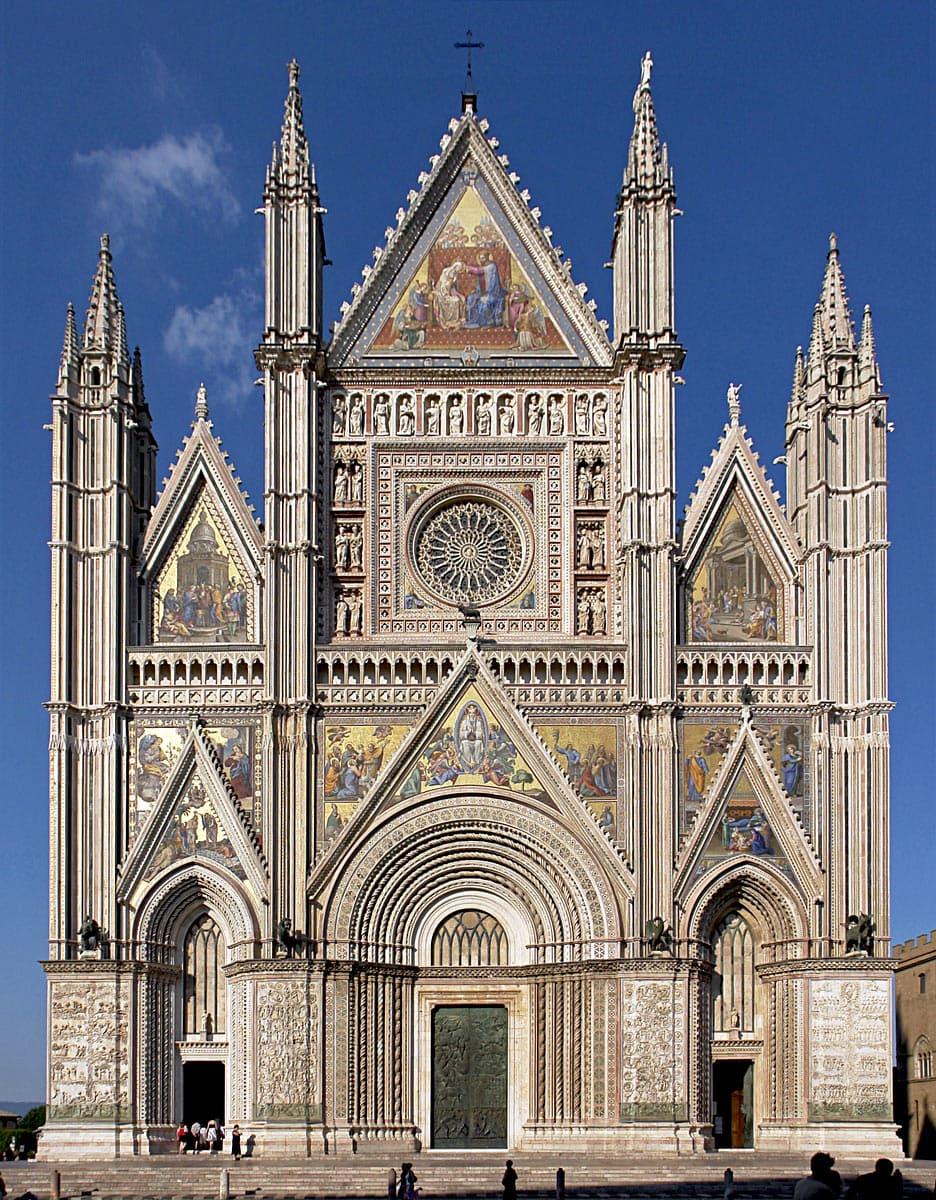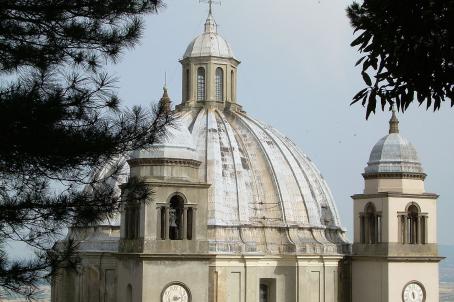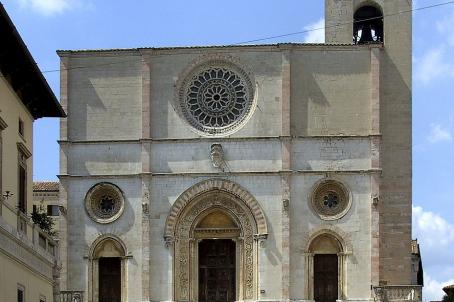Orvieto Cathedral

Named after the Virgin Mary of the Assumption, the Orvieto Cathedral represents one of the artistic masterpieces of the late Italian Middle Ages. Incorporating glittering mosaics on its golden facade with gothic niches with life-size sculpted figures.
About this building
Named after the Virgin Mary of the Assumption, the Orvieto Cathedral represents one of the artistic masterpieces of the late Italian Middle Ages. Incorporating glittering mosaics on its golden facade with gothic niches with life-size sculpted figures.





